DANUrB - PARTNER MEETING AND STUDY TOURS_Tulcea &The Danube Delta, Romania, May 18-21, 2019
05-06-2019
The DANUrB partnership held its last meeting between May 18 and 21, 2019 in South-Eastern Romania. The four-day meeting and study tour took place in a setting exemplary of our DANUrB project – at the last section of the Danube River, in the city of Tulcea and its surrounding region, the Danube Delta.
After the arrival, the first day of the partner meeting on Saturday, May 18, was dedicated to the inspiring study trip of the Northern Dobrudja Cultural Tour. The DANUrB partners started the excursion with a visit of the Paleochristian Basilica of Niculiţel, located in the northeastern part of Niculitel commune, at the foot of the Piatra Rosie Hill. The complex, made up of a Paleochristian basilica built on tombs of martyrs, required a systematic research carried out along four archaeological excavation campaigns, also funded mainly by the EU. The reconstruction was successful and the complex now, as was observed by our group, strongly presents a rich historical and cultural heritage of this region.

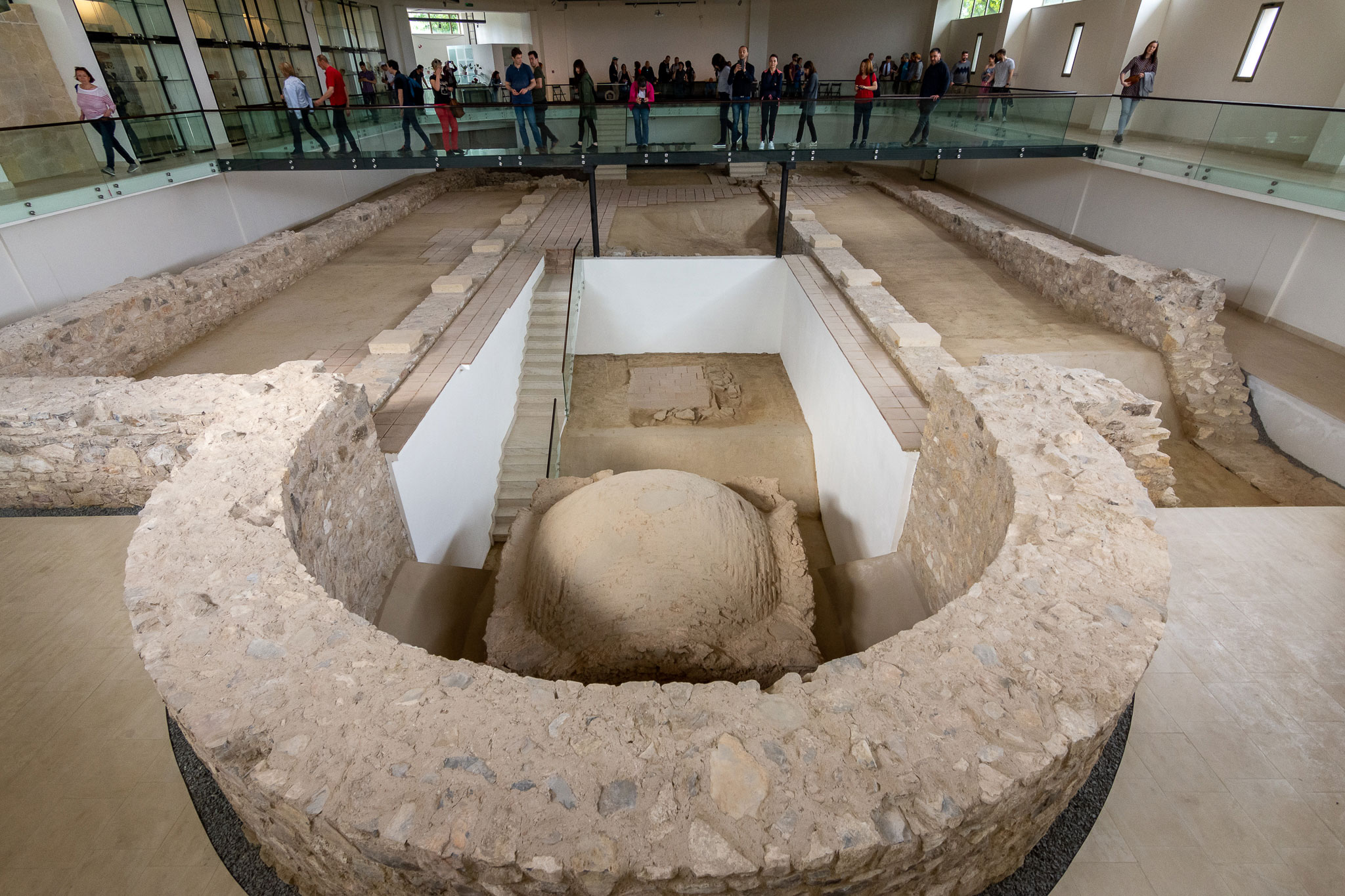

The next stop of our tour was at a unique wine cellar experience and tasting at “Vinuri de Măcin”. Surprisingly, similar to the cultural heritage typical also for other DANUrB partners, such as Krems (AT) or Sturovo (SK), there is a wide range of wines produced in Măcin, bearing the signature of their place of production, original in their presentation and offering wine tastings and traditional menus accompanied by wines from the Carcaliu and Cerna vineyards.
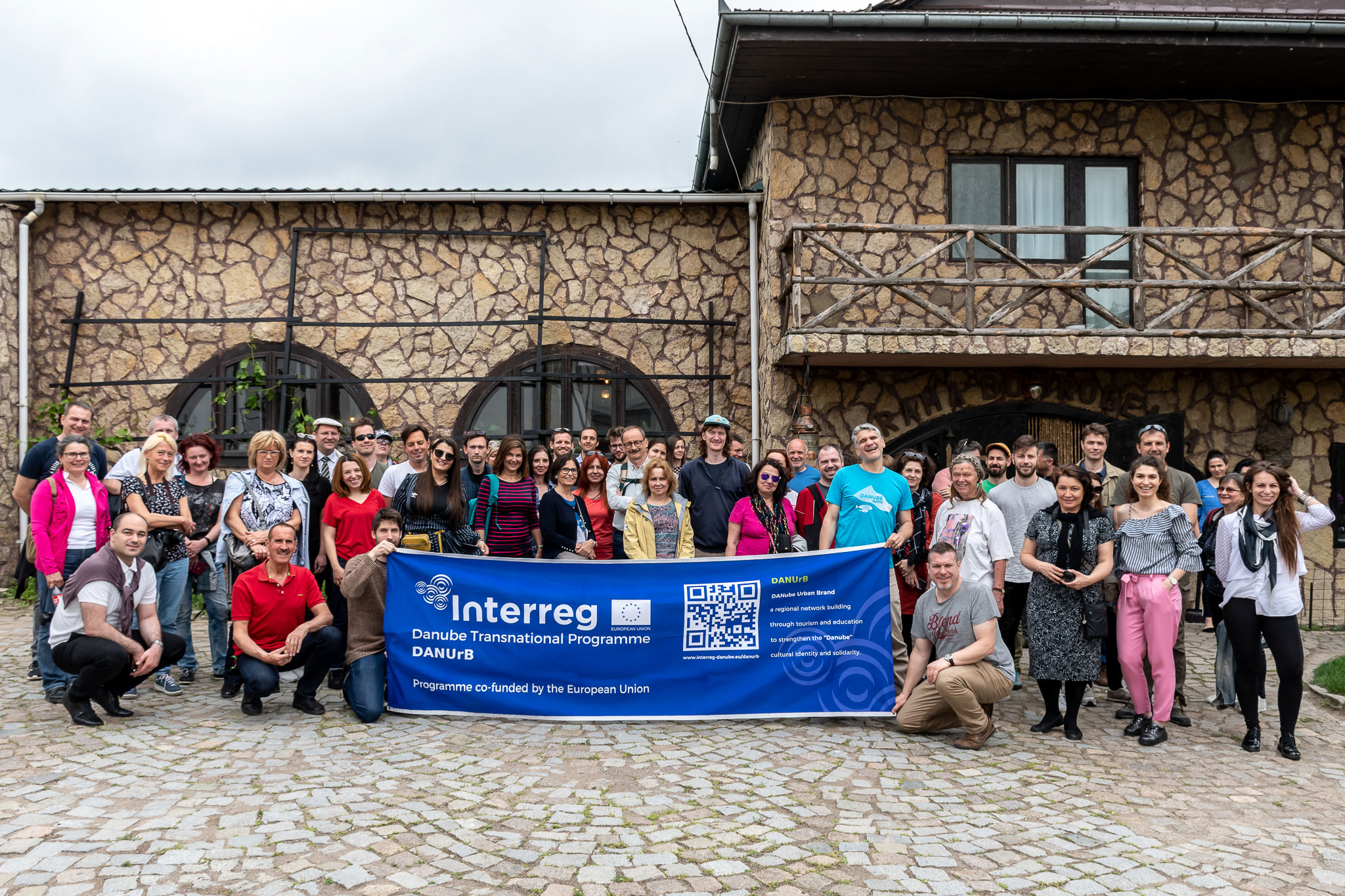

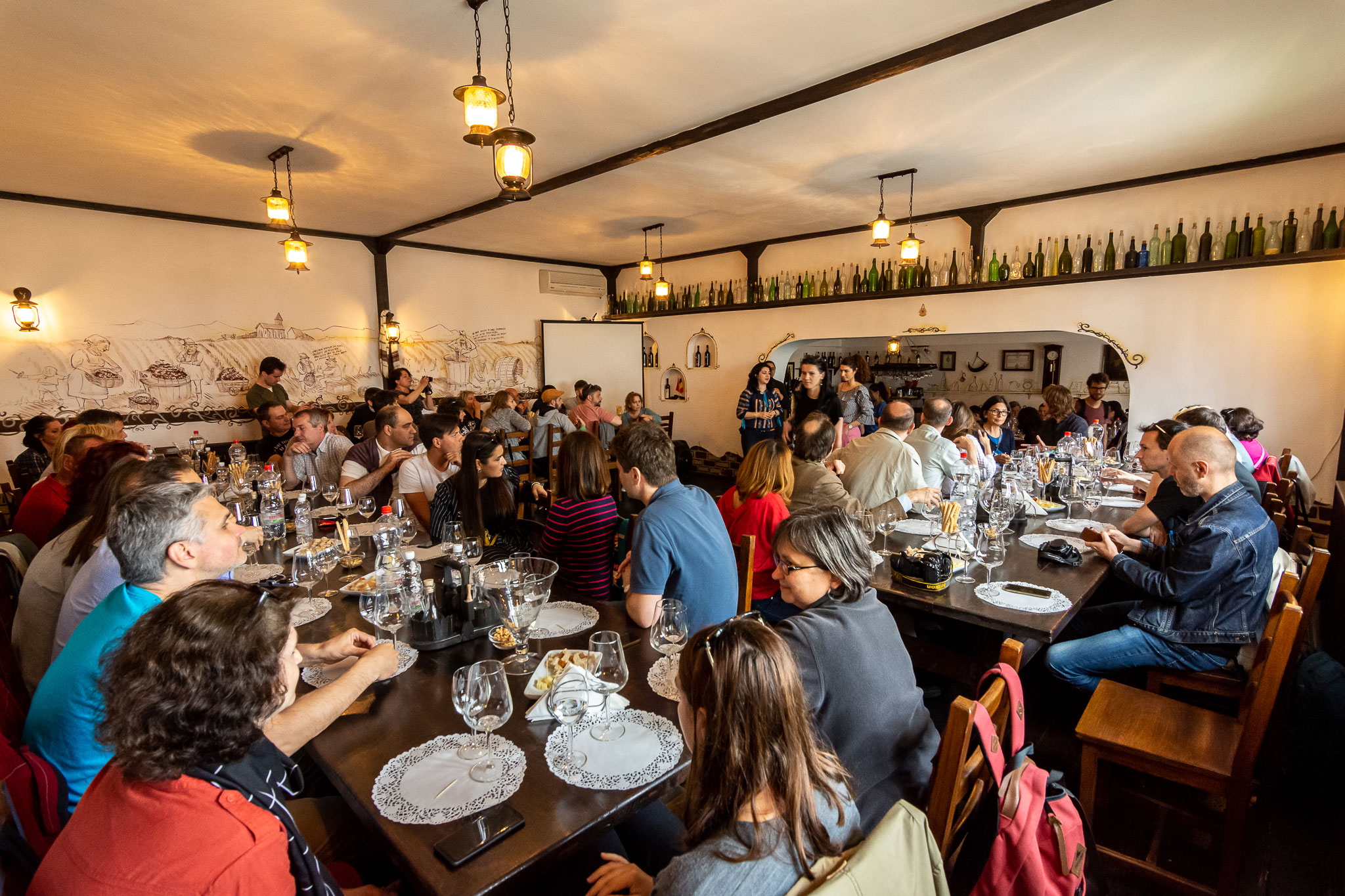
Our following stop, the Măcin Mountains National Park Visitor Center, offered our participants a unique combination of natural and man-made heritage with a deep and rich insight to the local specifities of this area. It serves as a tourist destination for tourists and cyclists in the area, providing them with information about the habitats and species characteristic of steppe bioregulation, and historical overview exploring the natural and ethnocultural values of the Măcin Mountains National Park area. This information can be accessed in an easy and in some cases interactive (playful), visual, auditory or tactile ways.
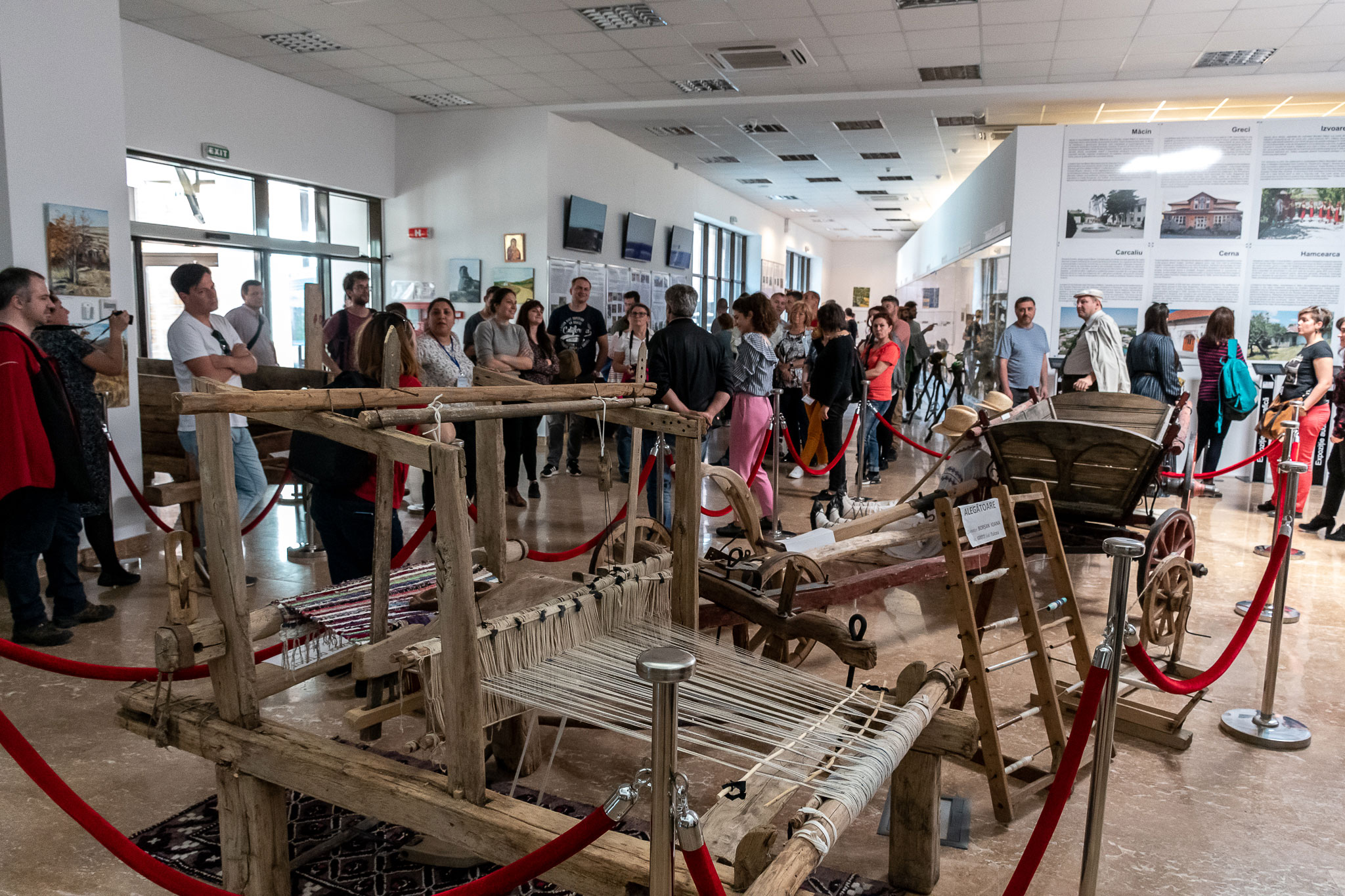
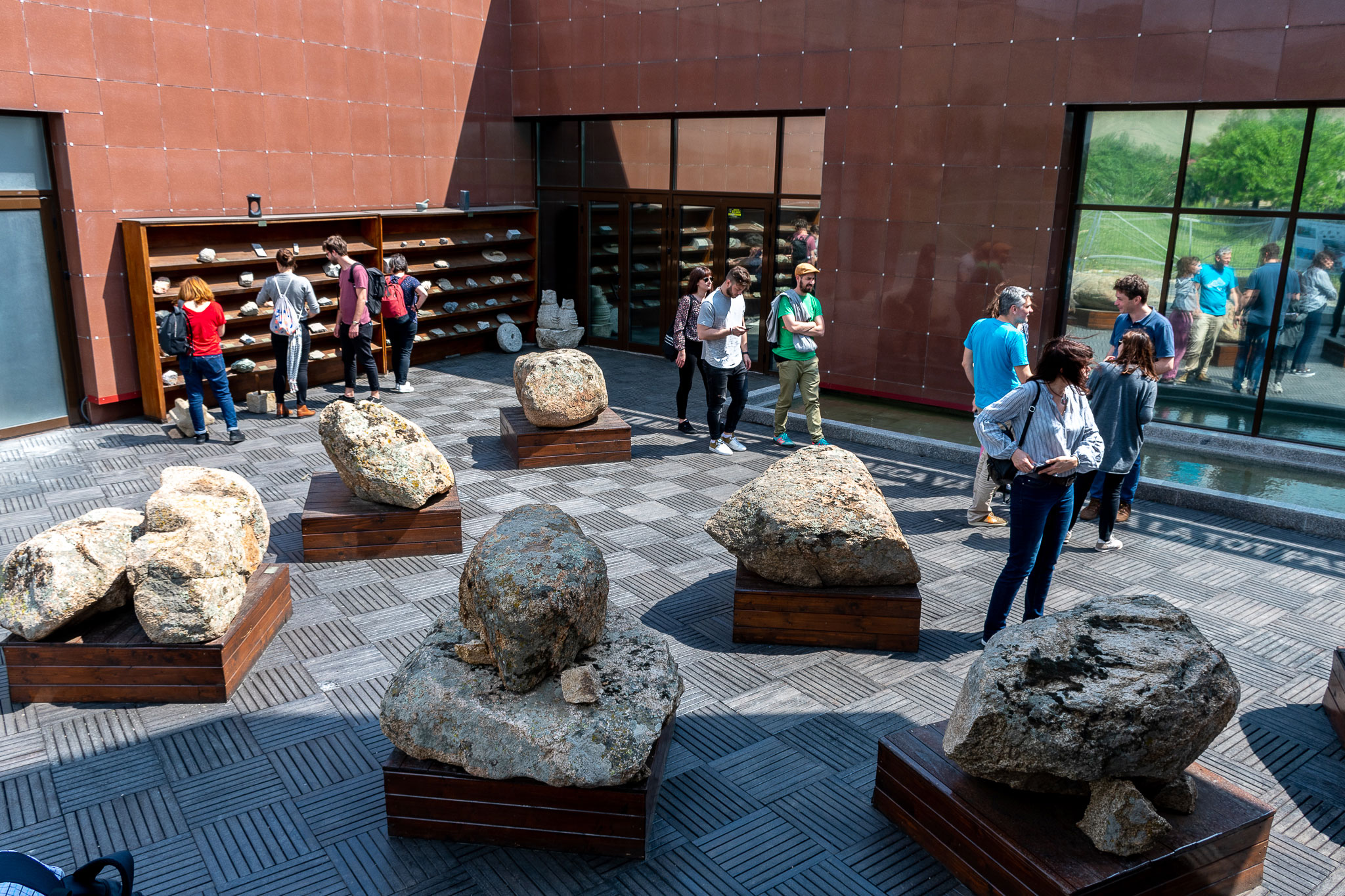
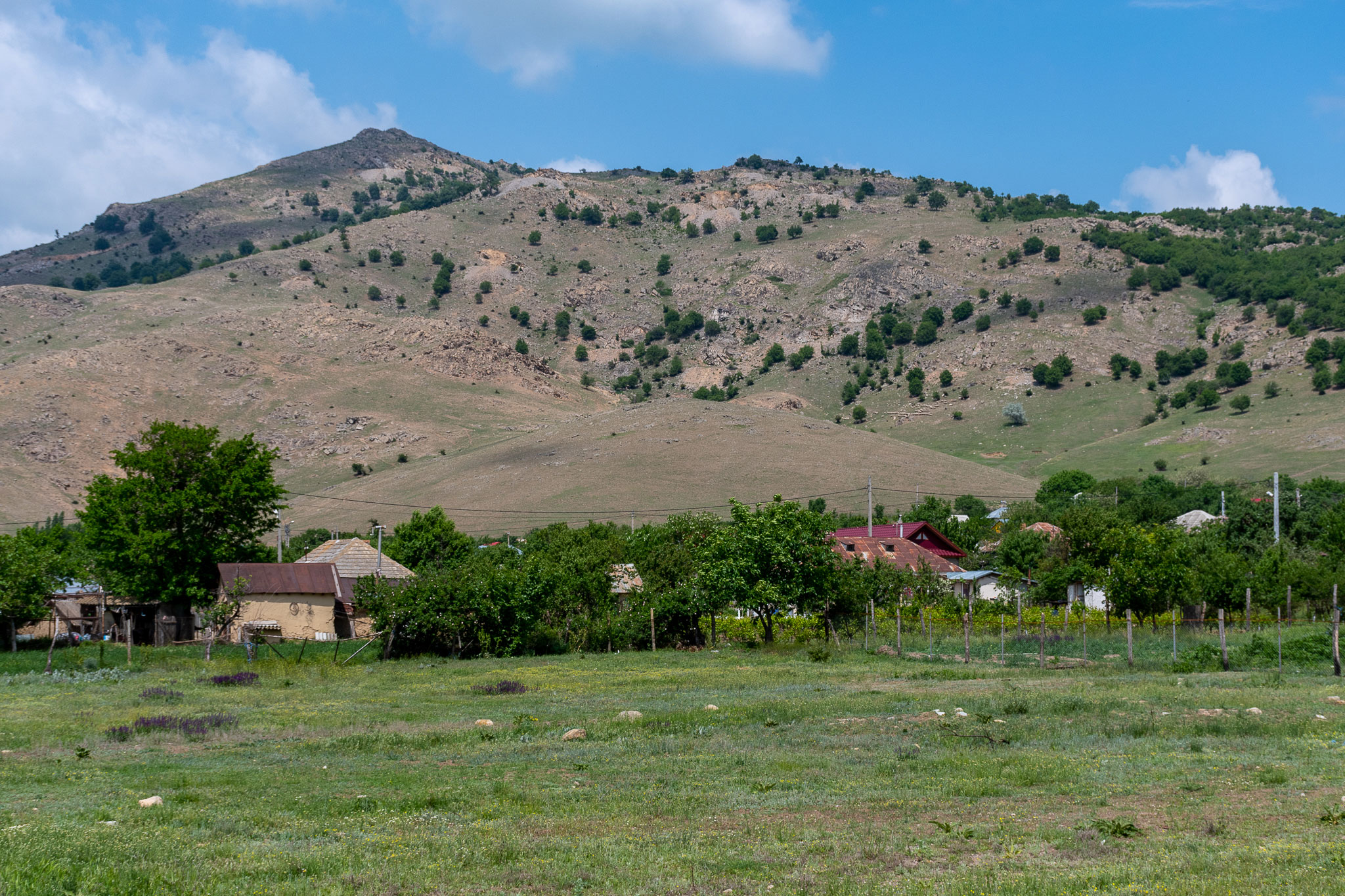
Our cultural tour was concluded by visiting Cocoş Monastery located about 6 km from the commune of Niculiţel. The architectural complex of Cocos is declared a "Monument of Architecture". Here are housed, in a medieval and modern art museum, collections of old books, icons, textiles, and silverware from the 18th to 19th centuries, while the monastery is still in use by its religious community, offering the visitors a unique insight into this living heritage.
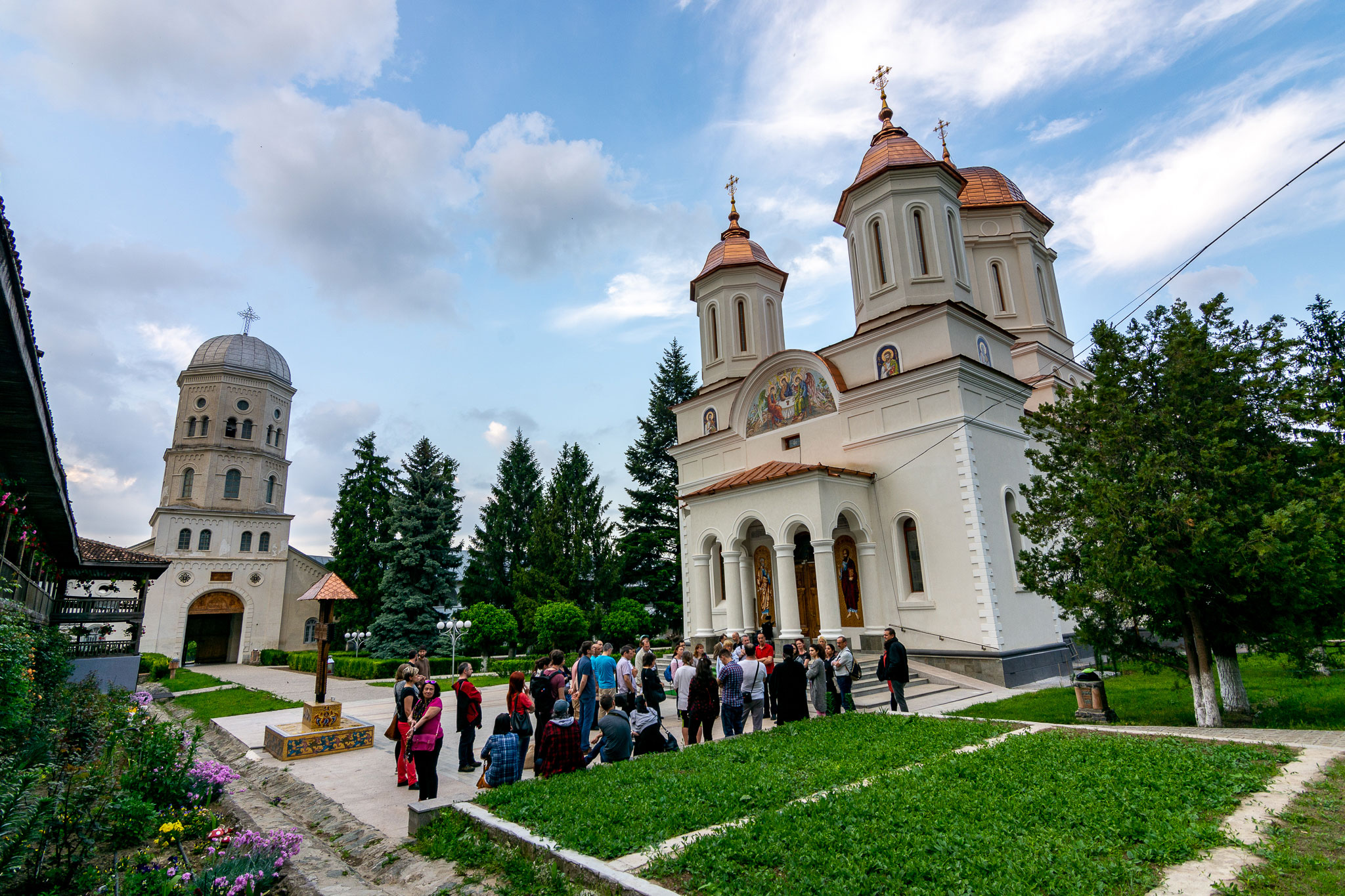

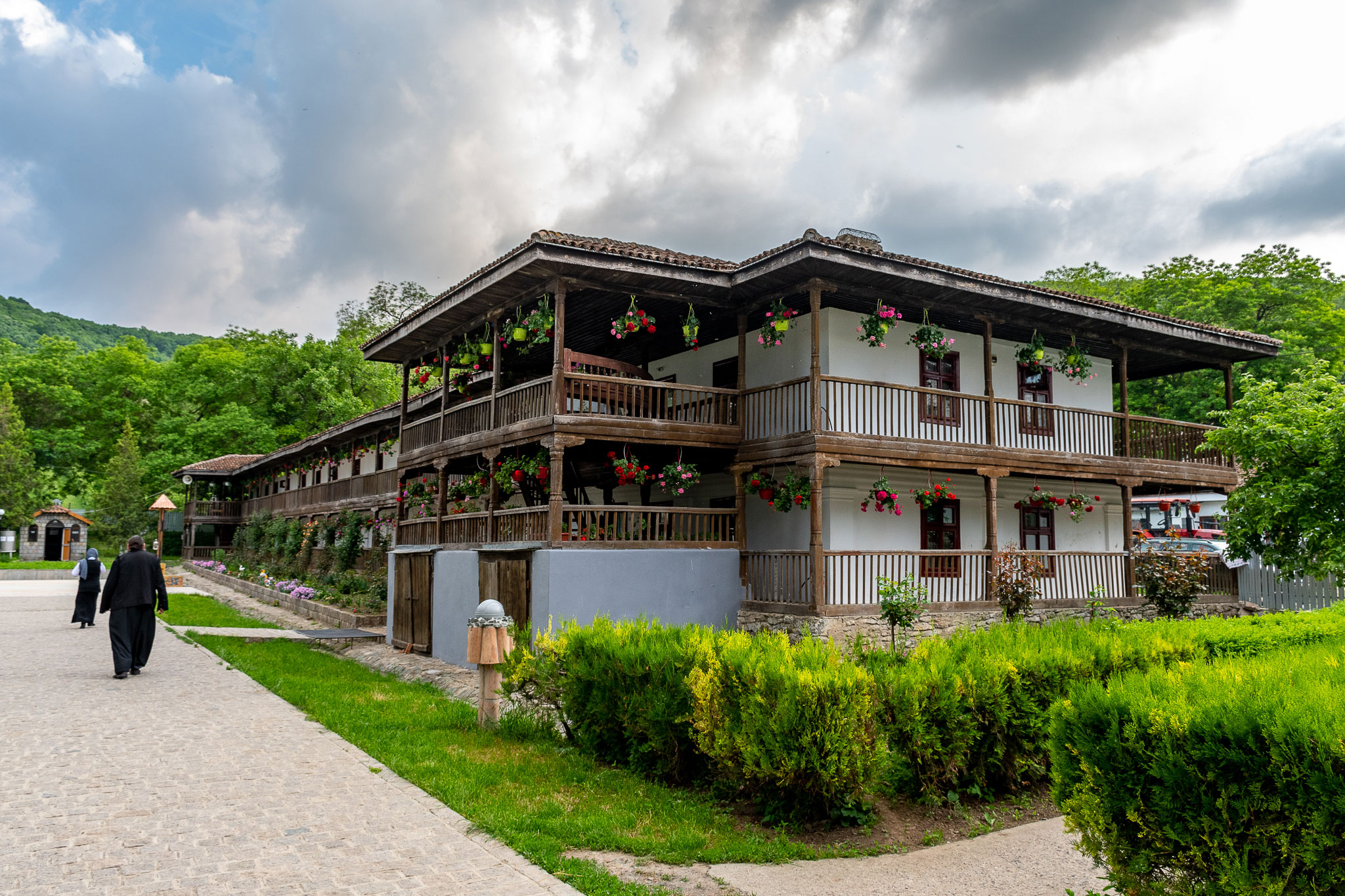
On the second day, the partners took part in a trip into the Danube Delta. It was a great exploration into the diverse environments existing alongside the Danube Delta, offering a genuine, first-hand experience on the vital heritage of this region. Starting on boat, sailing through the Sulina branch of the Danube and the Old Danube Channel, then after shifting to speedboat crossing the Madgearu Channel with its specific water-related fauna and flora, our DANUrB group had headed to explore Letea Village and Letea Forest with sand dunes.
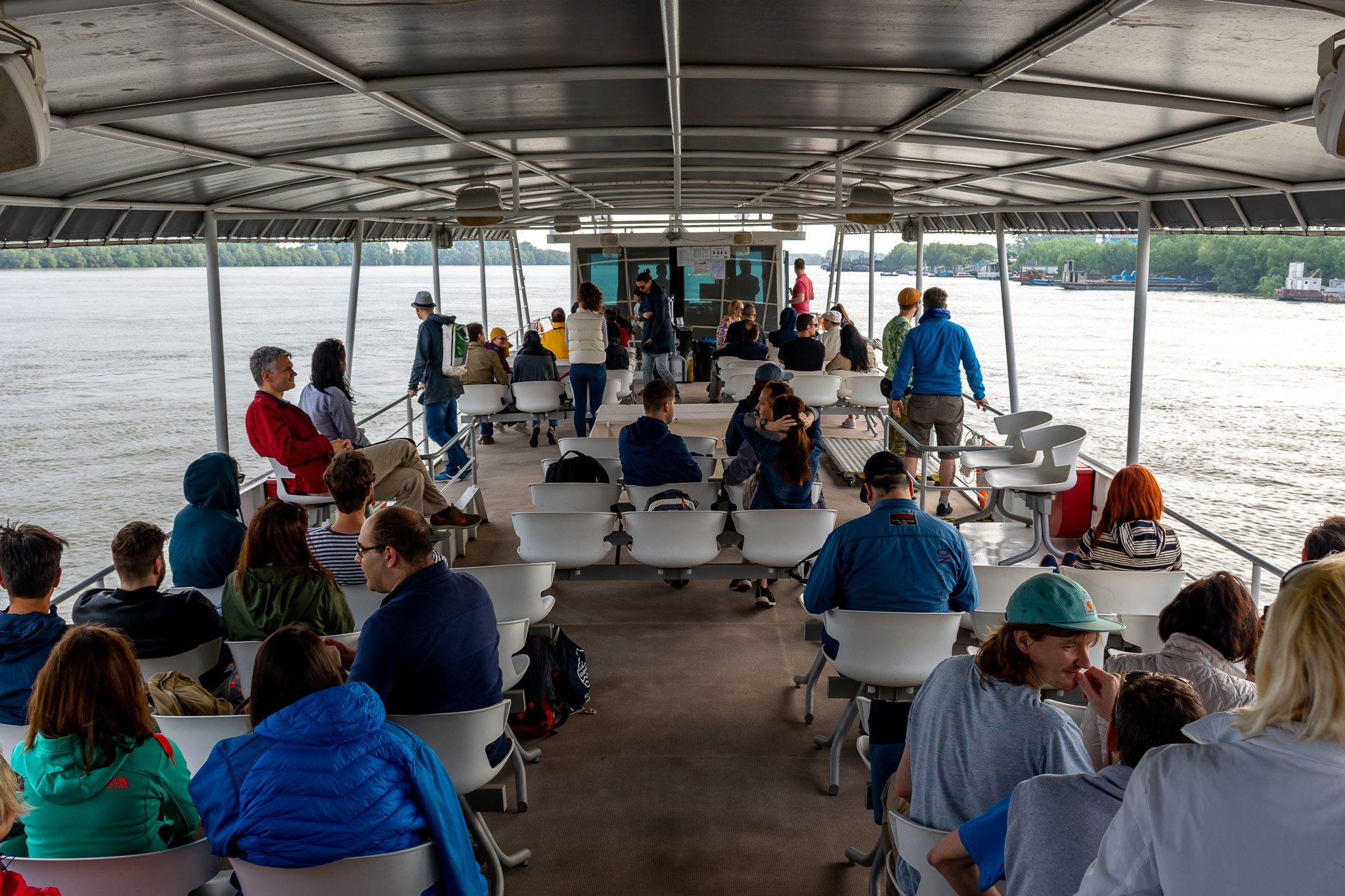
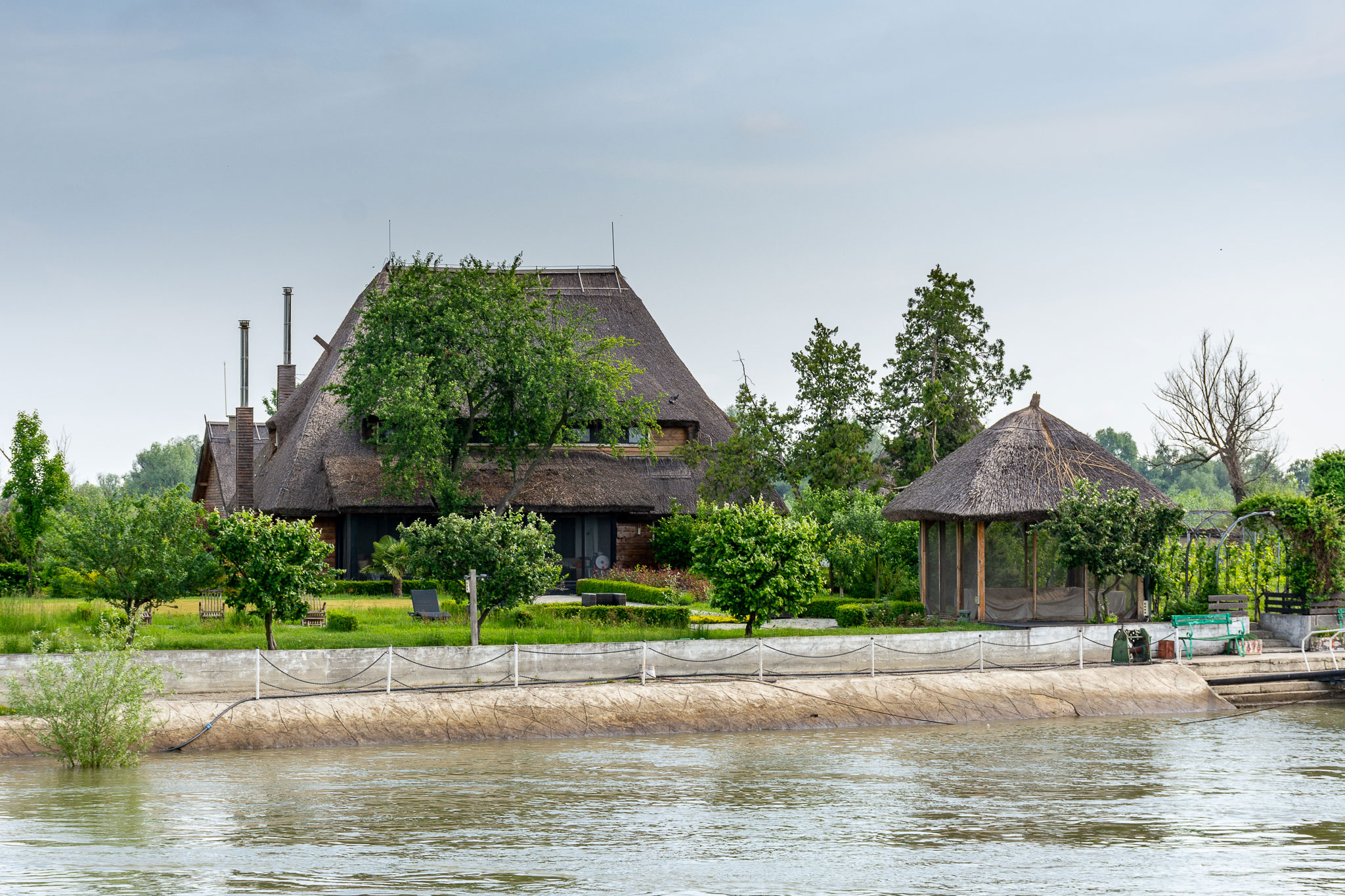
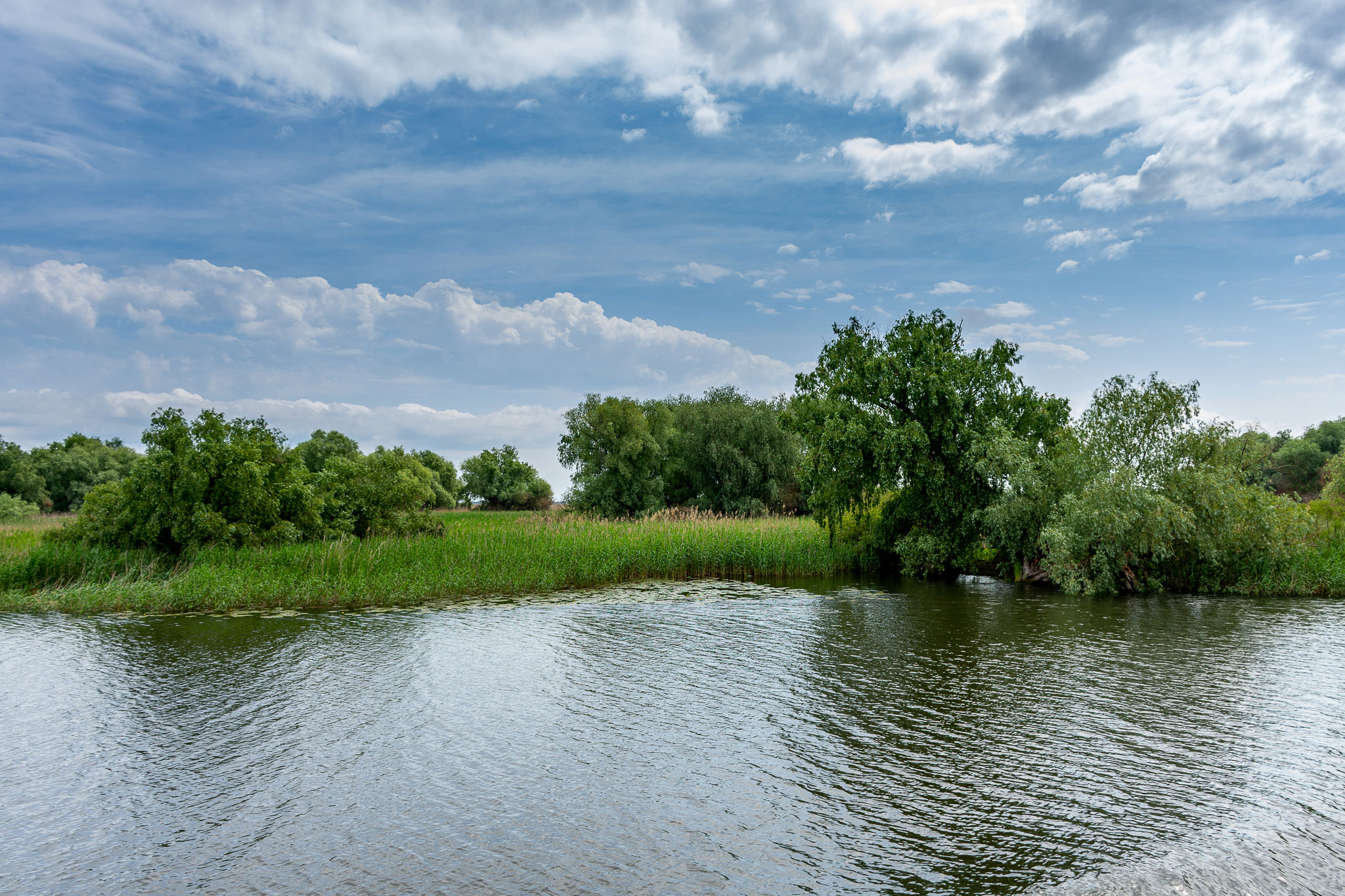


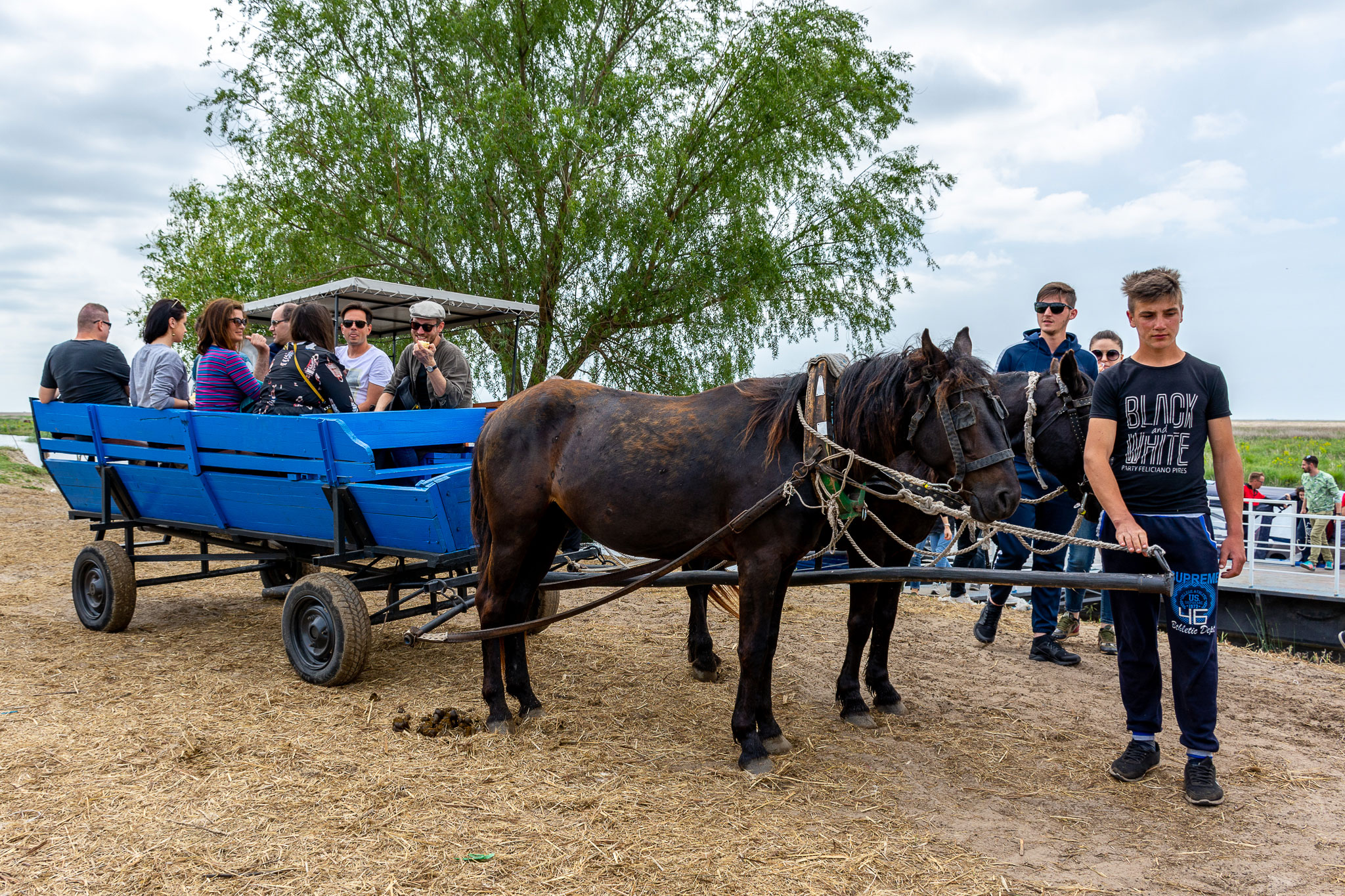
Letea village is placed in the heart of the Danube Delta, with a remaining population of about 350 inhabitants, most of them of Ukrainian origin (“haholi”), with a unique language, traditions and way of living. Letea displays the best preserved vernacular architecture heritage (mostly because of the low accessibility, since the access to the area is exclusively on water) and which also faces series of issues not uncommon in other European rural communities (depopulation, ageing, low diversity of economic activities and sources of income for the locals, vulnerability of the cultural patrimony) - amplified by the specific situation given by the high degree of isolation, especially during the winters.
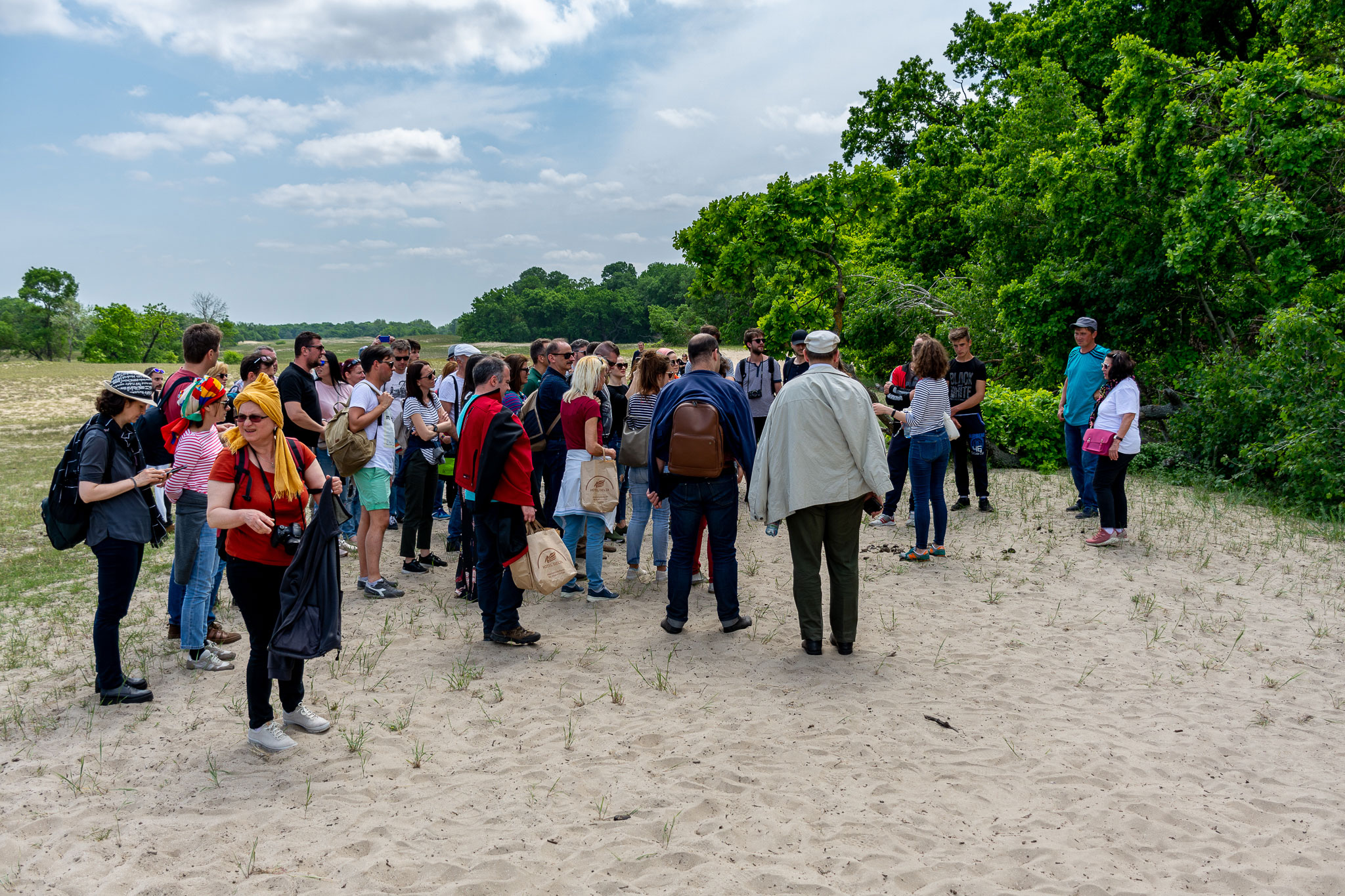
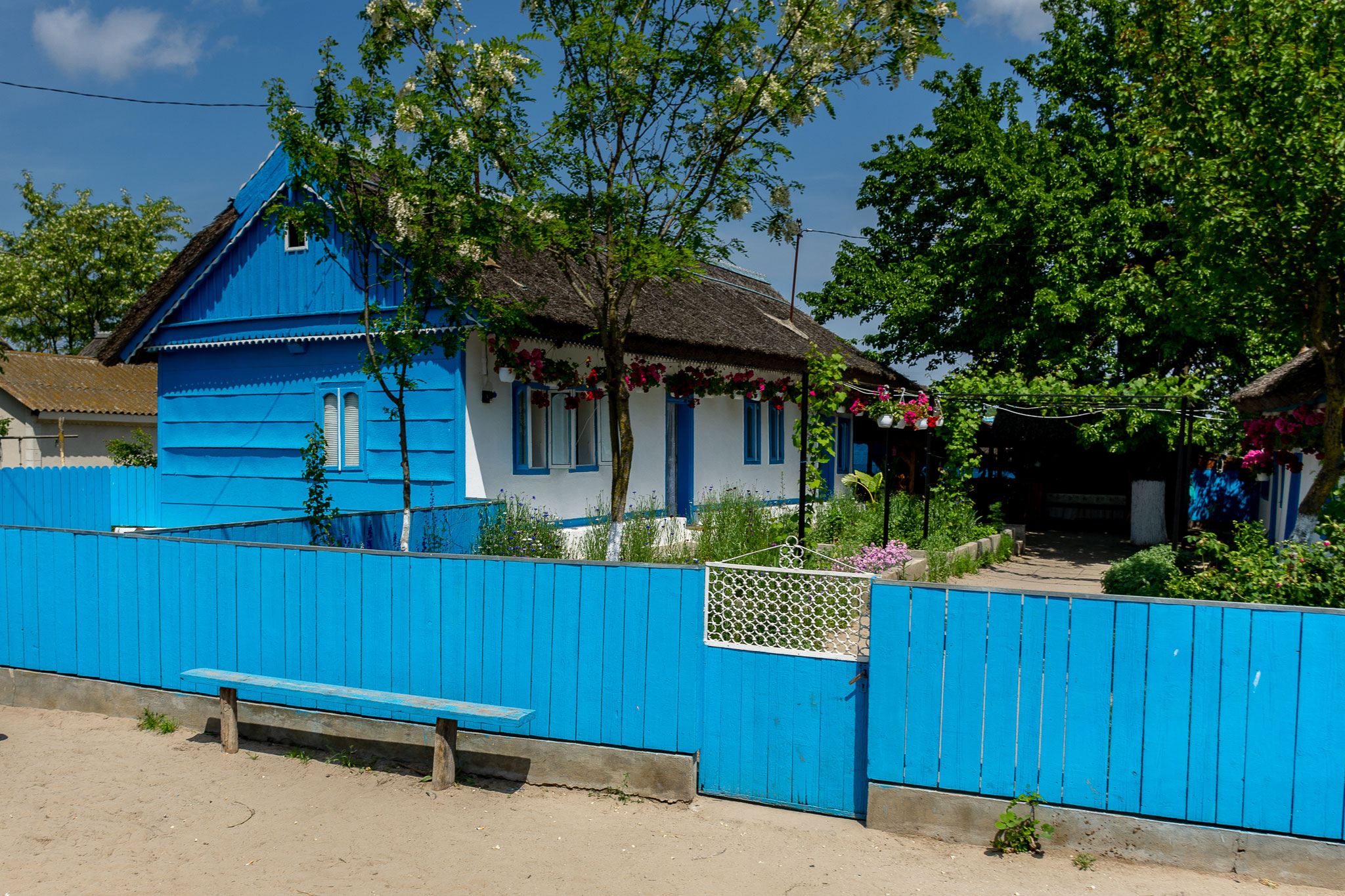
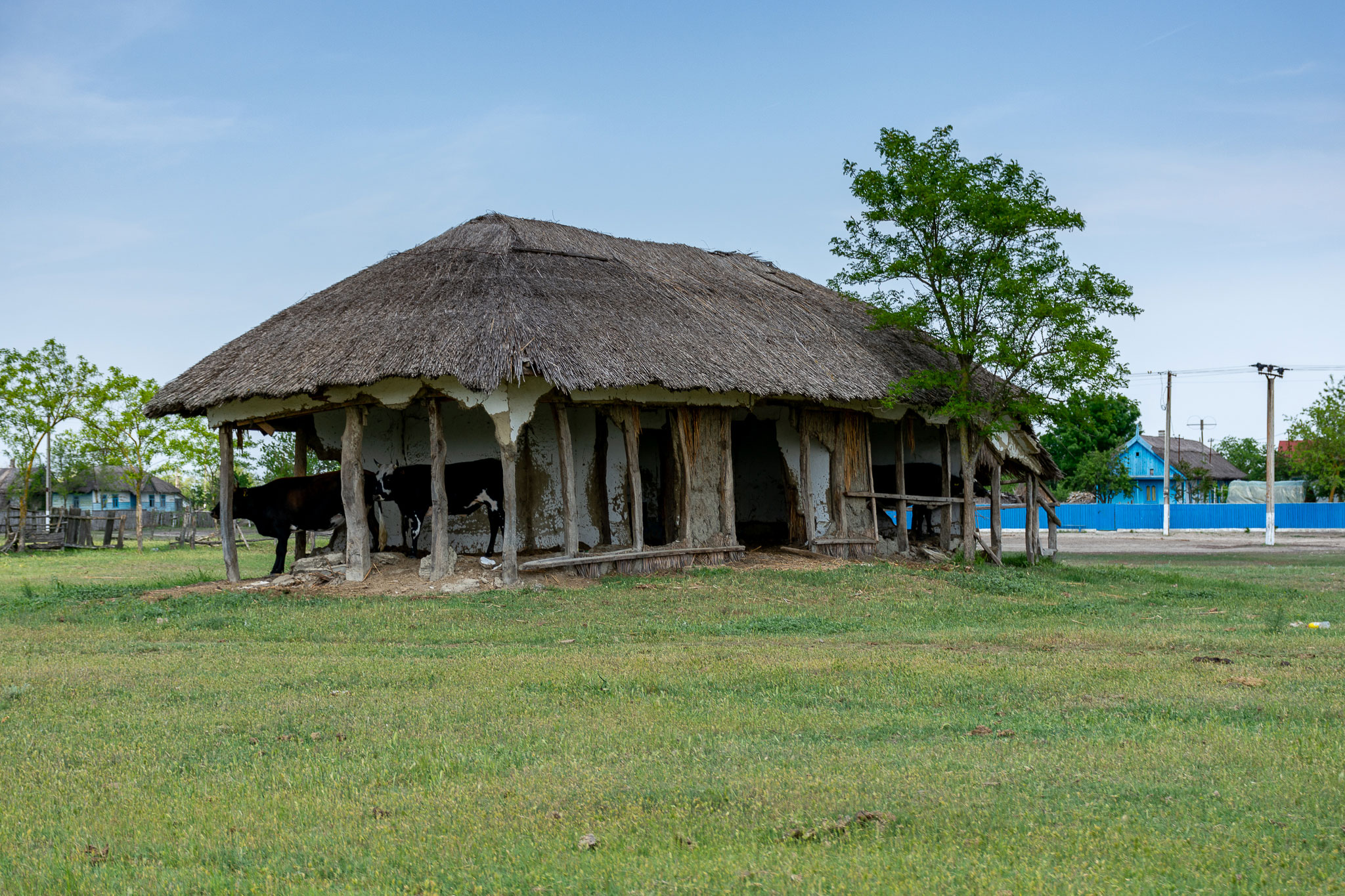
Letea forest is the oldest natural reserve in Romania. This forest was the initial foundation of the Danube Delta Biosphere Reserve, which has been declared a World Heritage Site in 1991. It was internationally recognised as a Biosphere Reserve under UNESCO's Man and the Biosphere Programme. It is also home for a rich fauna like the red-footed falcon, the white-tailed eagle, the Vipera ursinii or the Danube Delta horse.
On the third day, Monday, May 20, the DANUrB group focused primarily on the workshops. The meeting day was opened by the Scientific Director of the Danube Delta National Institute (DDNI), giving the participants insights onto the background and activities of Danube Delta National Institute and great role it plays in exploring and preserving values of this region. The rest of the workshops were dedicated to administrative questions, organisation and preparation of the DANUrB closing events in Komarno-Esztergom-Sturovo. Special part was dedicated to the DANUrB Strategy, incorporating feedback from already achieved Strategy presentations and the last commenting and feedback round to the document. Followed by updates from other project essentials, such as the DANUrB Platform, The Tours and the Book, the workshops ended with a discussion on the tasks to be completed.
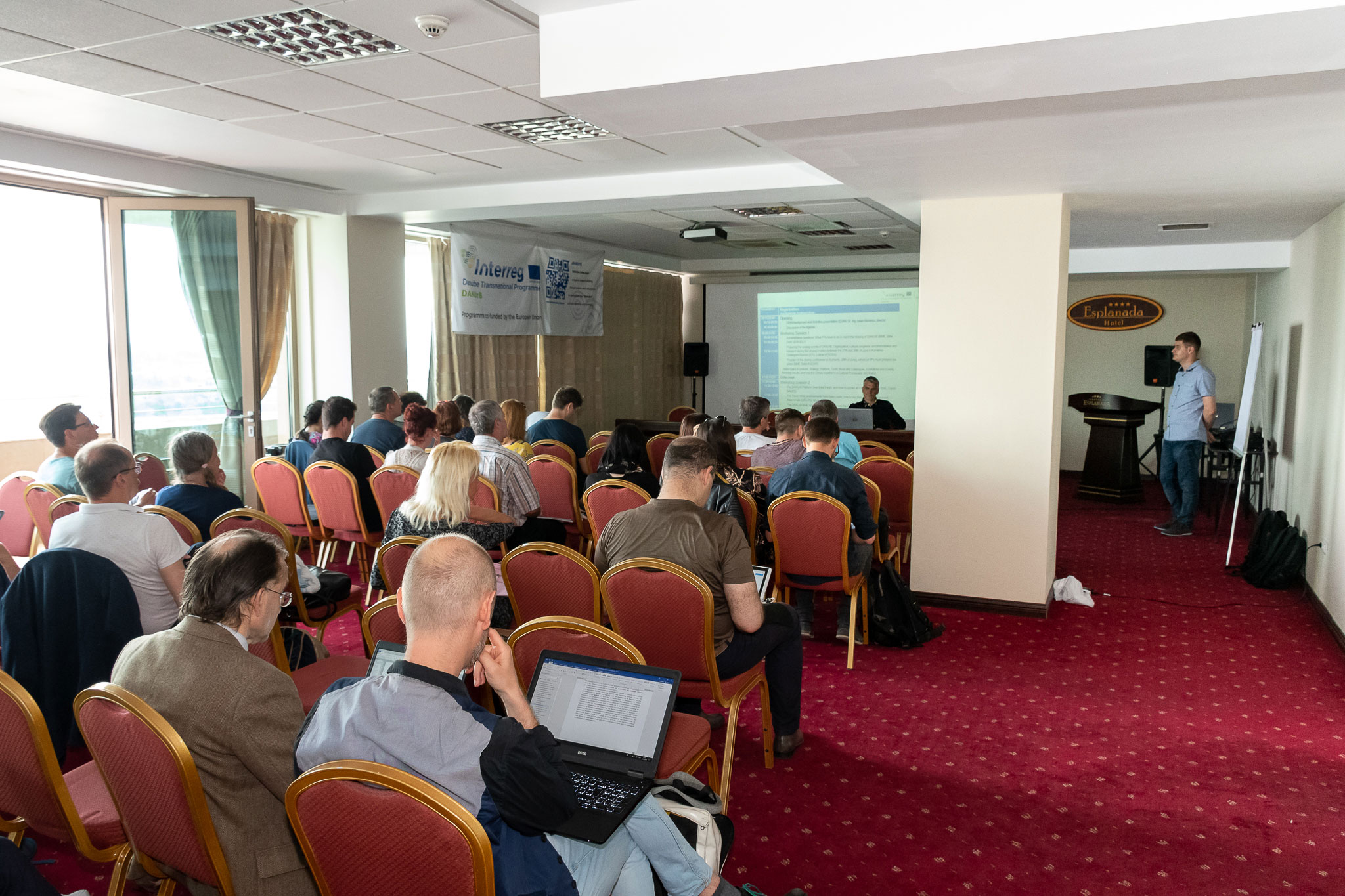
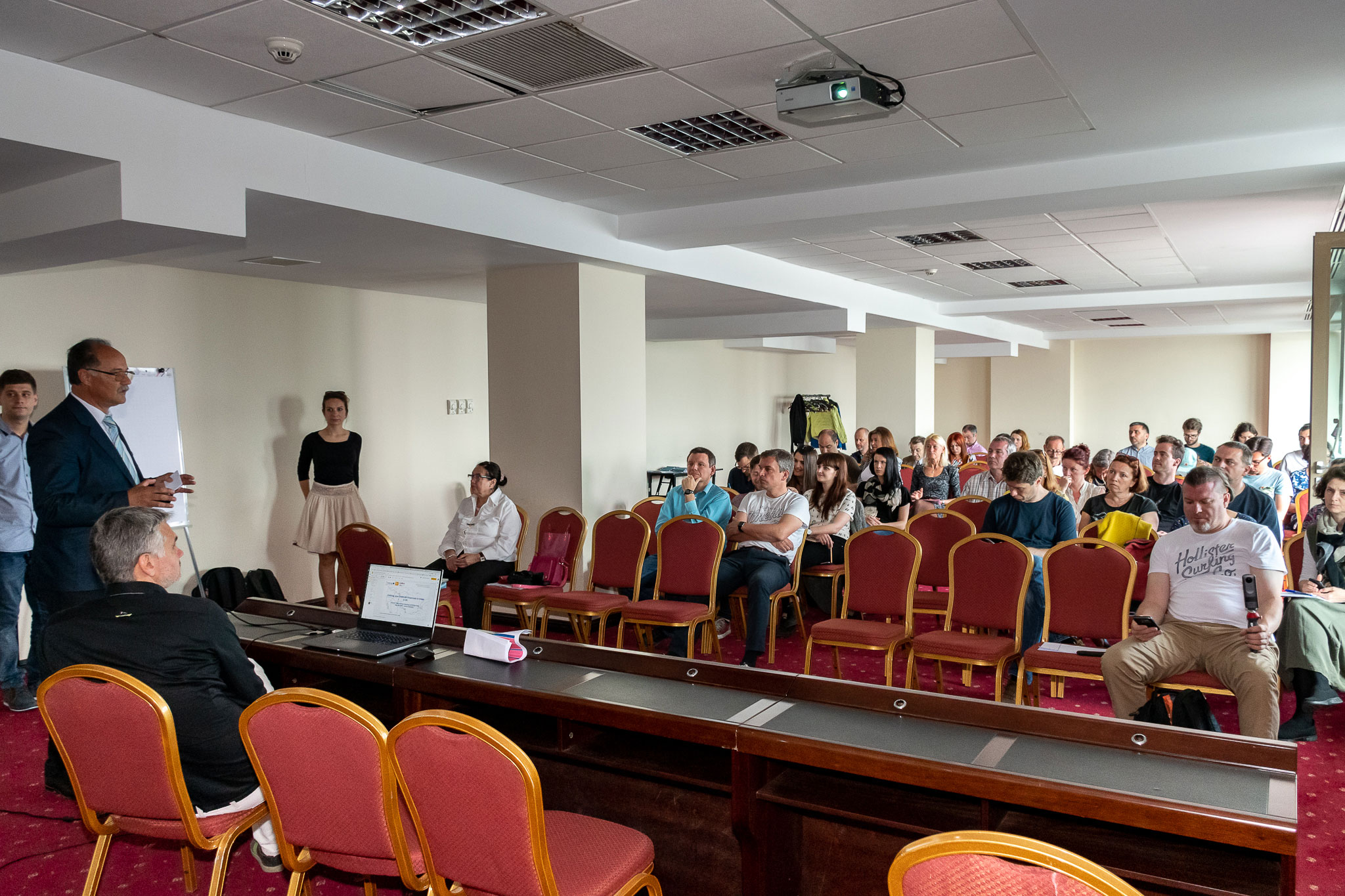
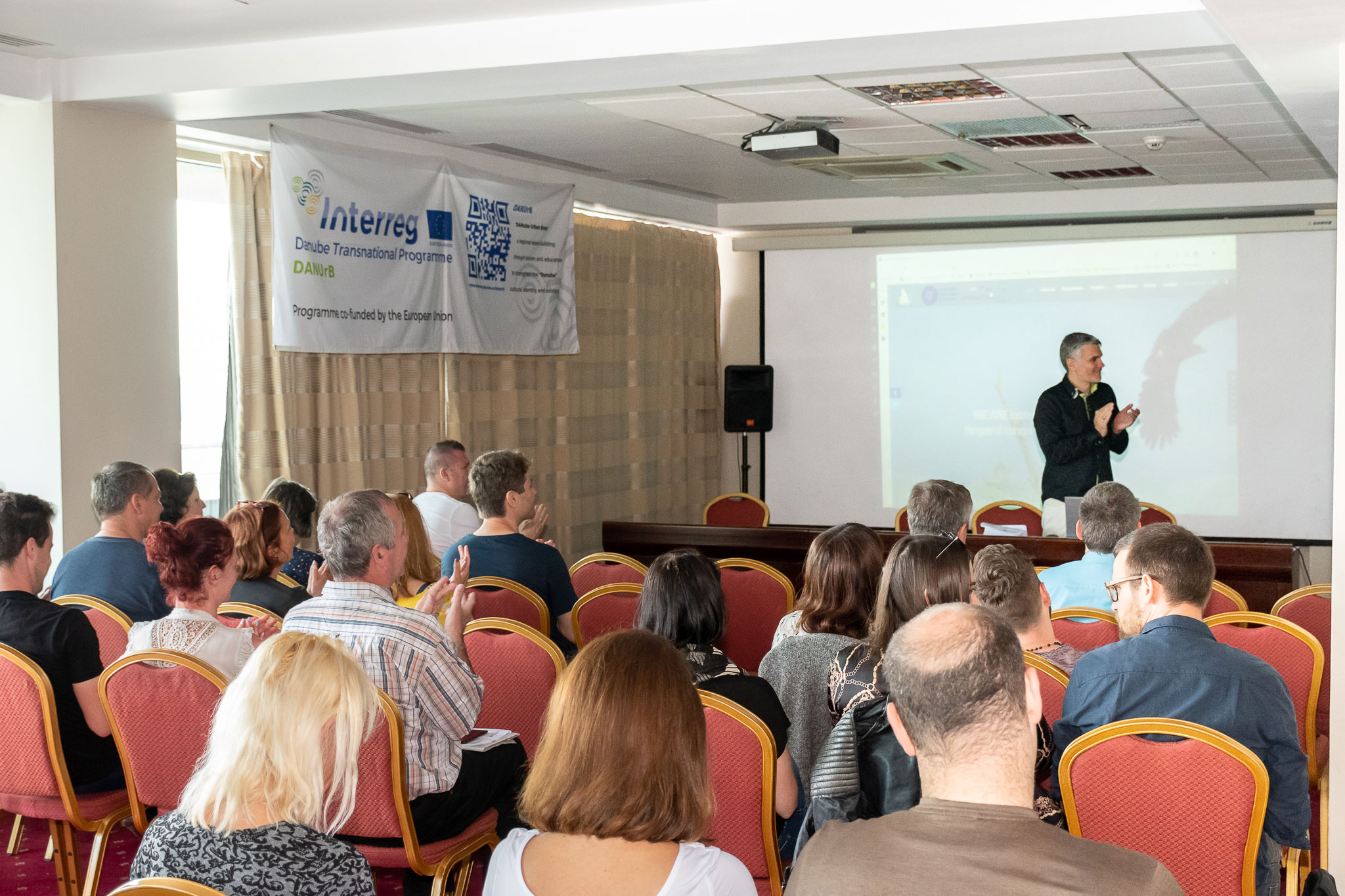
A special conclusion ofthe whole partners meeting was the visiting of the DANUrB Travelling exhibition, where the DANUrB group had the possibility to meet with local stakeholders. The activities were closed by a barbeque dinner, hosted by the Real Racing Equestrian Club, next to the Zaghen Ecological Reconstruction area, accompanied by the vernacular tunes of local music instruments and dances.

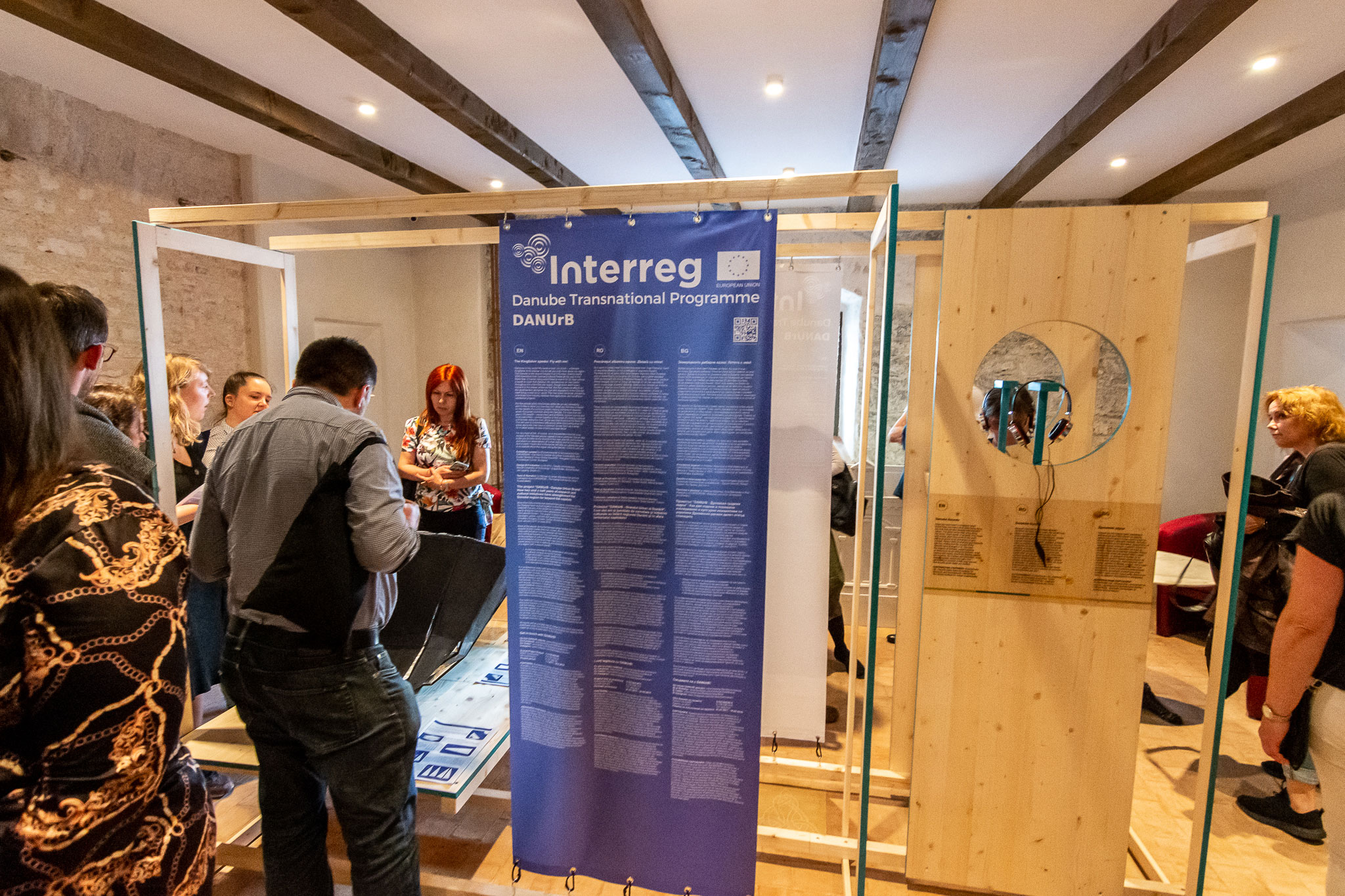
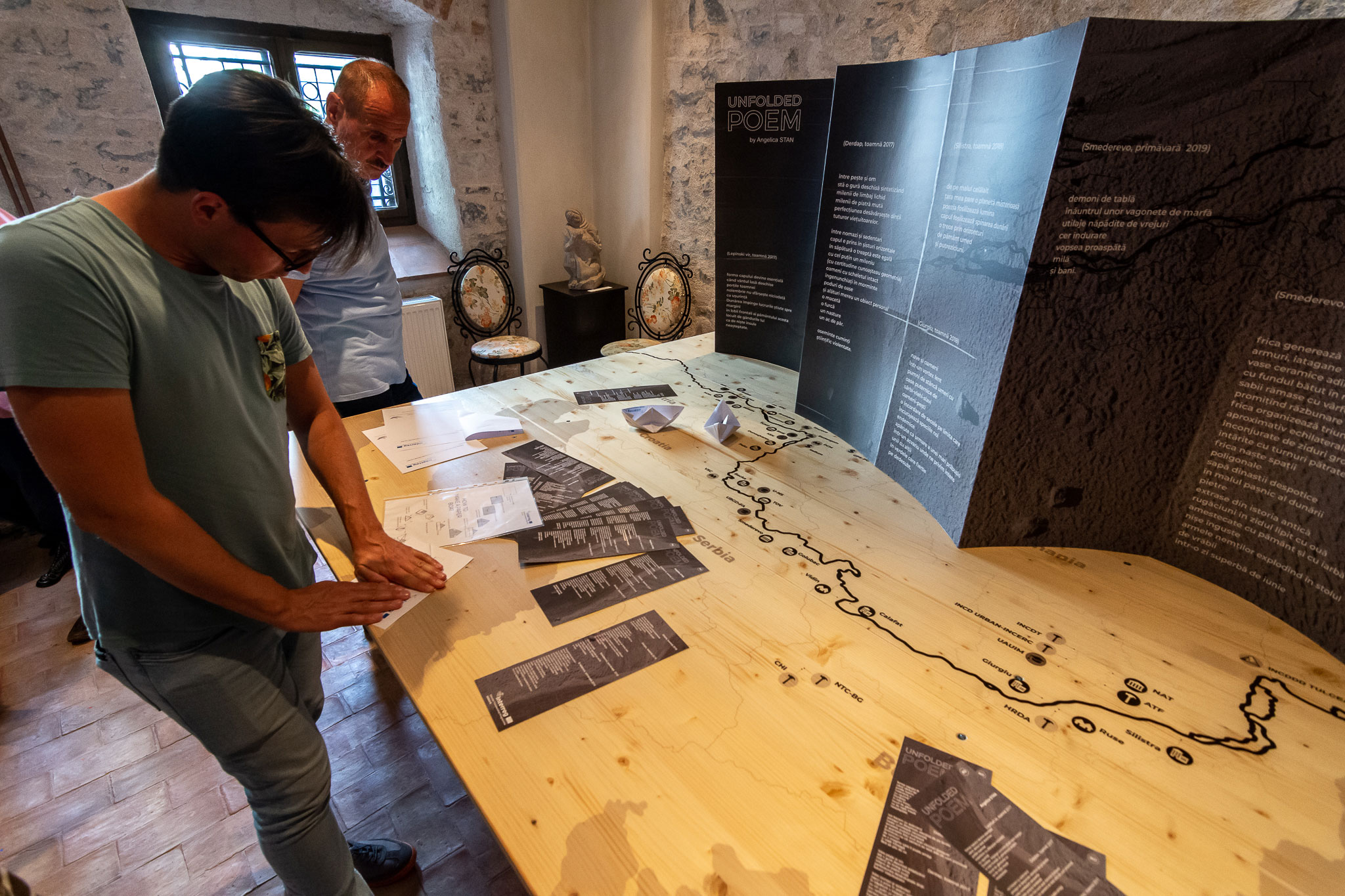
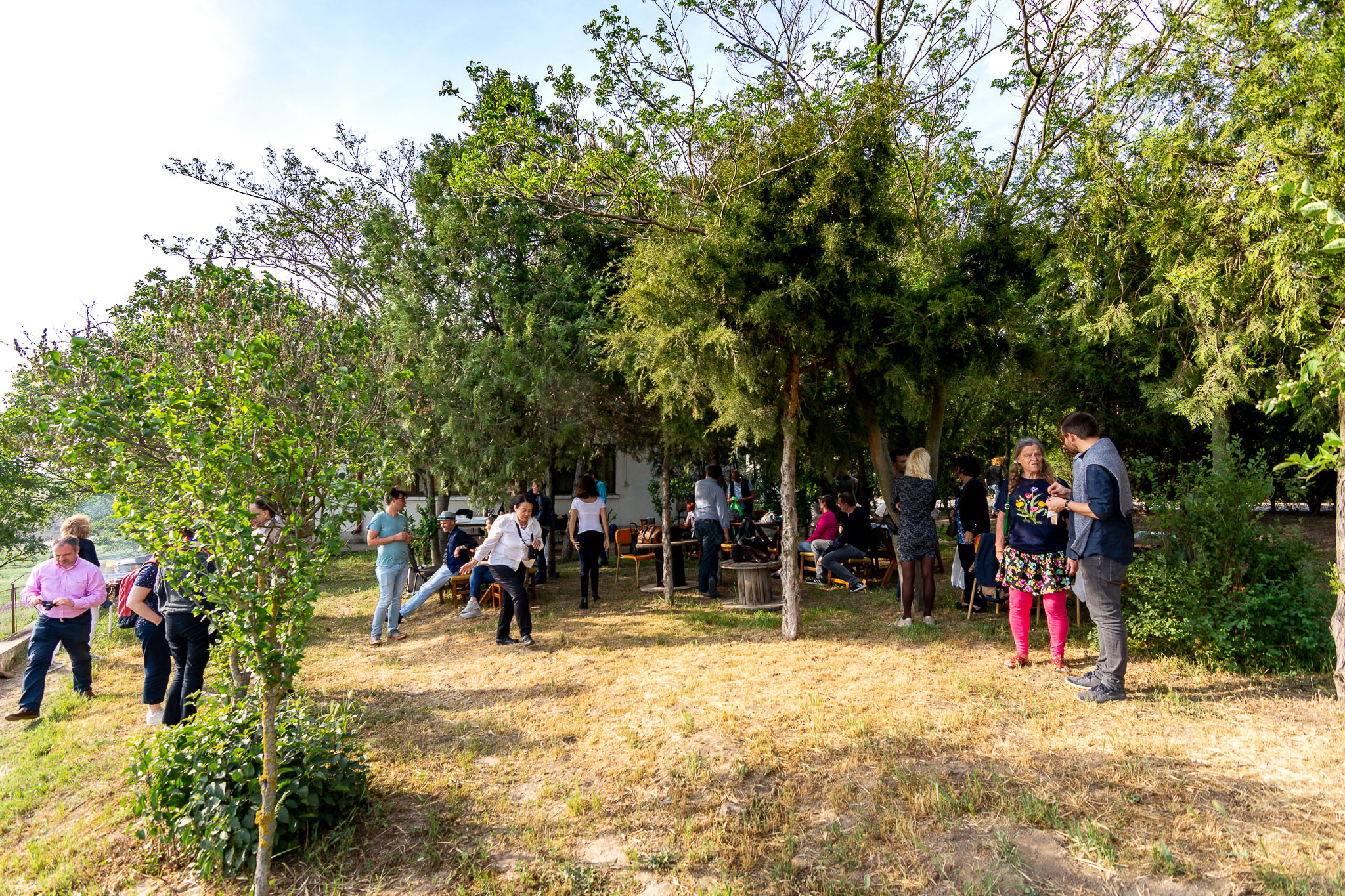
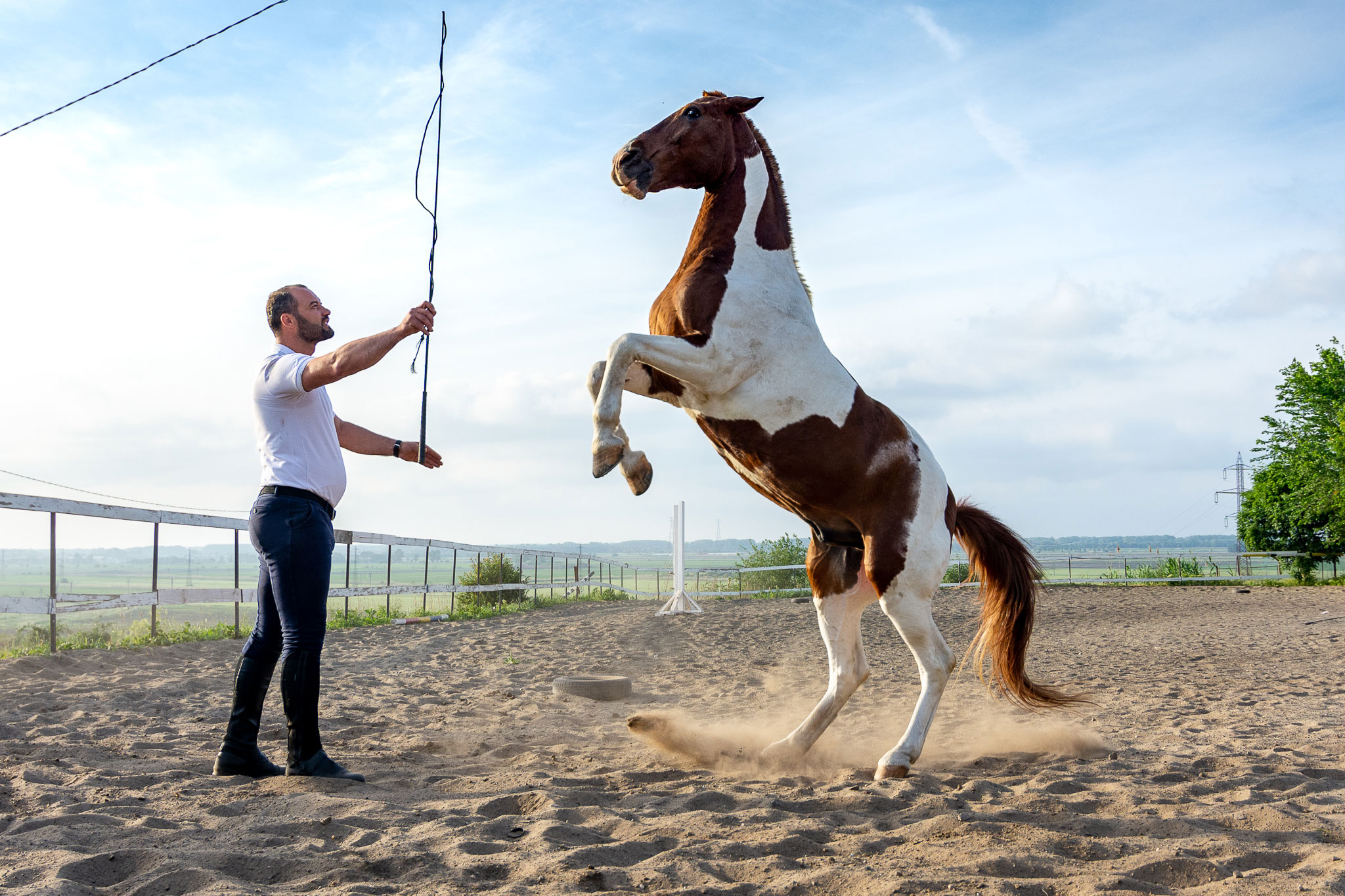
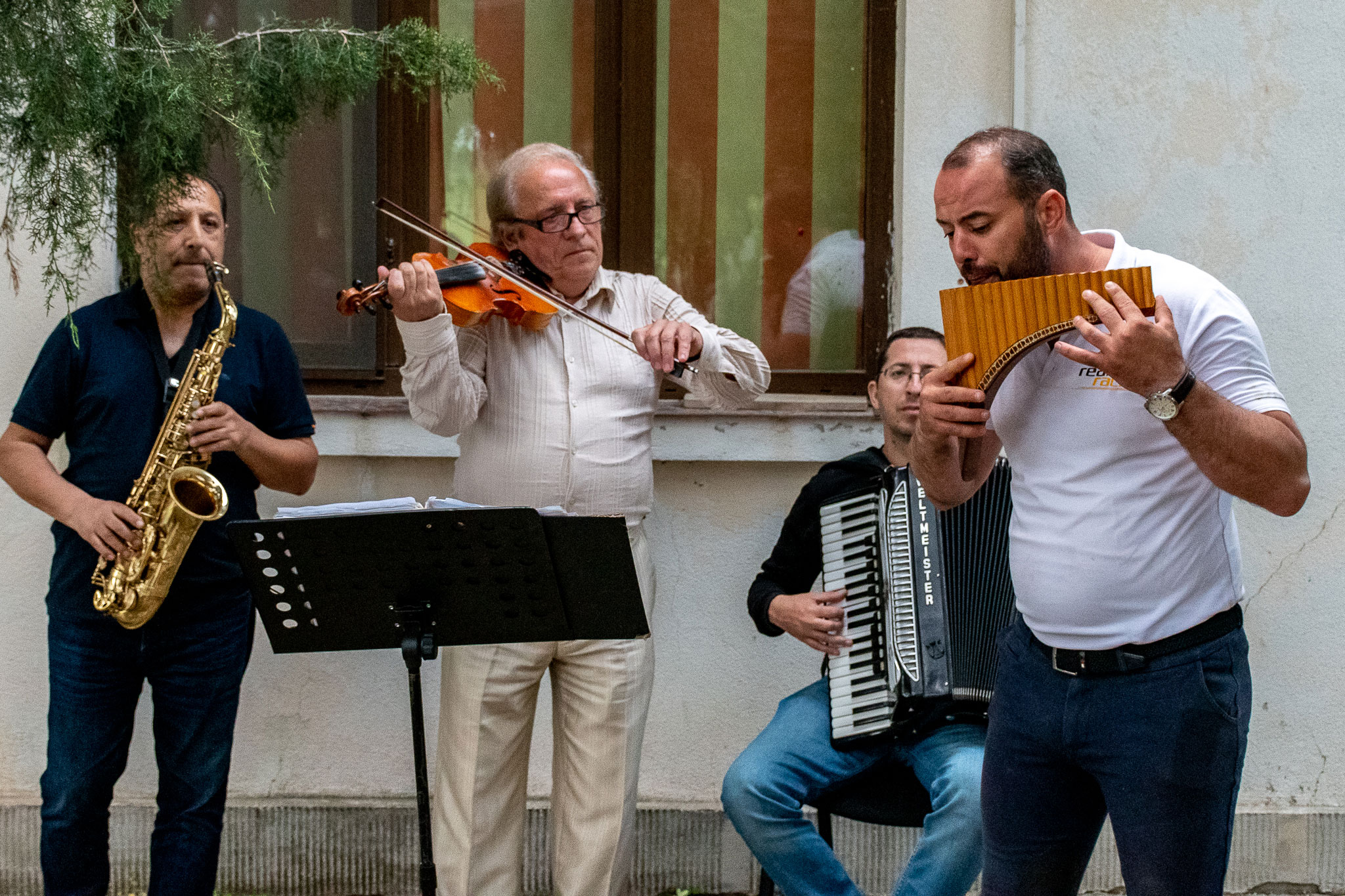
All these great experiences could not have been accomplished without the special help of the main representative of our host - the Danube Delta National Institute - Mădălina Sbarcea. Thank you very much!
Photos by © Adrian Radulescu
For more information about the DANUrB project, please visit dtp.interreg-danube.eu/danurb
Follow the DANUrB project on social media:
Project co-funded by European Union funds (ERDF and IPA)
